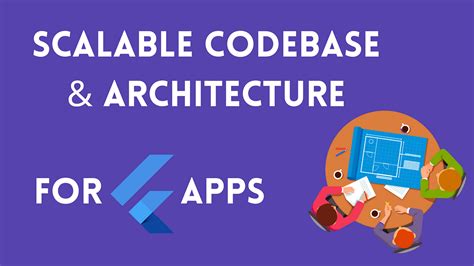One of the more lighthearted opinions comes from developers who humorously claim that the best codebase is one with zero lines of code, referring to the bliss and potential in starting from scratch. In some ways, they aren’t entirely wrong. Starting with a blank canvas offers endless possibilities unencumbered by legacy decisions and technical debt. The freshness of a new project often brings a sense of full control and ownership, allowing developers to set up structures and patterns that promote cleanliness and maintainability right from the beginning.
This sentiment was echoed by others who find pleasure in crafting codebases from scratch. Projects that start with a blank slate can avoid the pitfalls often found in older or inherited code. This fresh start allows developers to implement the latest best practices, use new technologies, leverage modern development tools, and avoid the amalgamation of outdated techniques or hacks that can accumulate over time. However, it is important to acknowledge that creating a new codebase also comes with its own set of challenges, including the initial overhead and the pressure to ‘get things right’ from the start.
In contrast, some developers highlight the success of well-established, meticulously curated codebases created by exceptional teams. For instance, a developer lauds their experience at Attio, where the codebase flourished despite an increase in team size and project scope. The key? High standards for code quality, elegantly organized file structures, and efficient scaling solutions. The use of TypeScript and Rust in performance-critical areas, combined with robust database architecture and constant evolution through good migrations, contributed to a codebase that evolves gracefully. This approach to maintaining a well-crafted codebase involves continuous refactoring, automated testing, and strategic patterns for common use cases.
Among the various projects praised for their code excellence, several key themes emerge: consistency, organization, and tooling are paramount. Tools and practices such as monorepos, automated code reviews, and thorough documentation significantly impact the maintainability and ease of working with large codebases. Google’s ‘google3’ codebase, for example, is renowned not just for the quality of its code, but for the powerful and seamless tooling that supports consistent builds, testing, and code reviews. The ability to run builds and tests across the entire monorepo effortlessly, along with instant code search and file history features, sets the standard for how a sophisticated development environment should function.
However, it’s not just the large tech giants that get it right—smaller projects and personal endeavors often showcase exemplary code quality as well. Many developers recall their most rewarding coding experiences as ones where they had complete ownership of the project. This autonomy often leads to rigorous attention to detail, resulting in clean, well-documented code that is a joy to maintain and evolve. Personal projects also tend to be the breeding ground for innovation, allowing developers to experiment with new ideas and technologies without the constraints often found in larger teams or organizations.
Ultimately, whether in a sprawling monorepo at a tech behemoth or a tightly controlled personal project, the best codebases share a few critical characteristics. They are built with clarity, purpose, and foresight. The attention to detail, from the architecture choices to the smallest syntax decisions, matter significantly. It’s about creating systems that are not just functional, but elegant and maintainable in the long term. Moreover, the culture of continuous improvement and willingness to refactor and evolve code continuously stands out as a hallmark of successful software projects. In an ever-evolving tech landscape, these practices will continue to guide developers towards creating the best codebases possible.


Leave a Reply